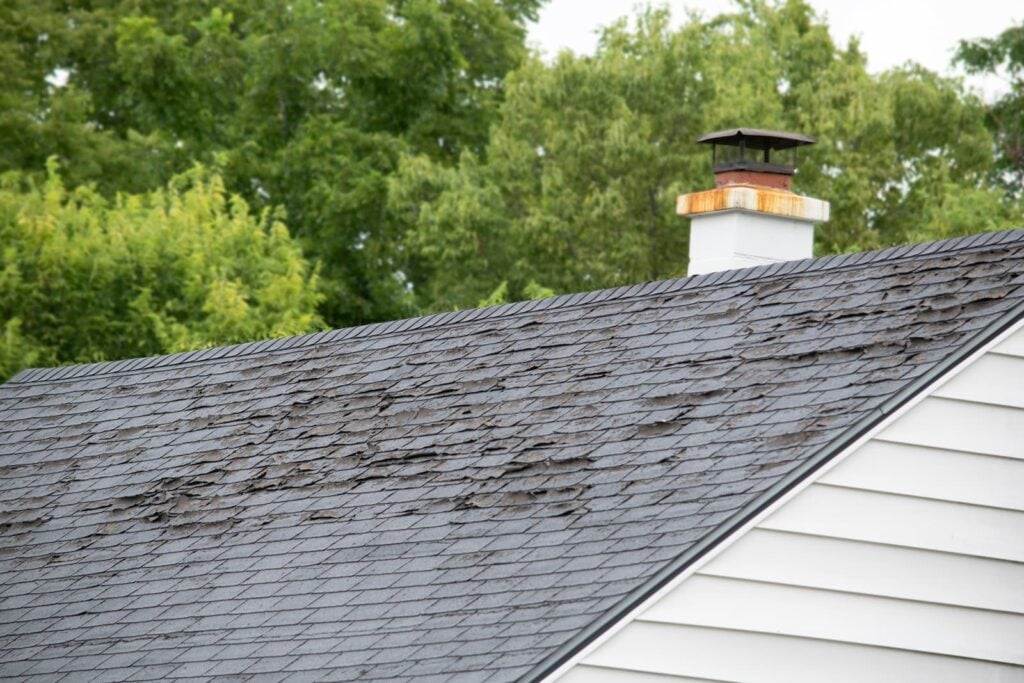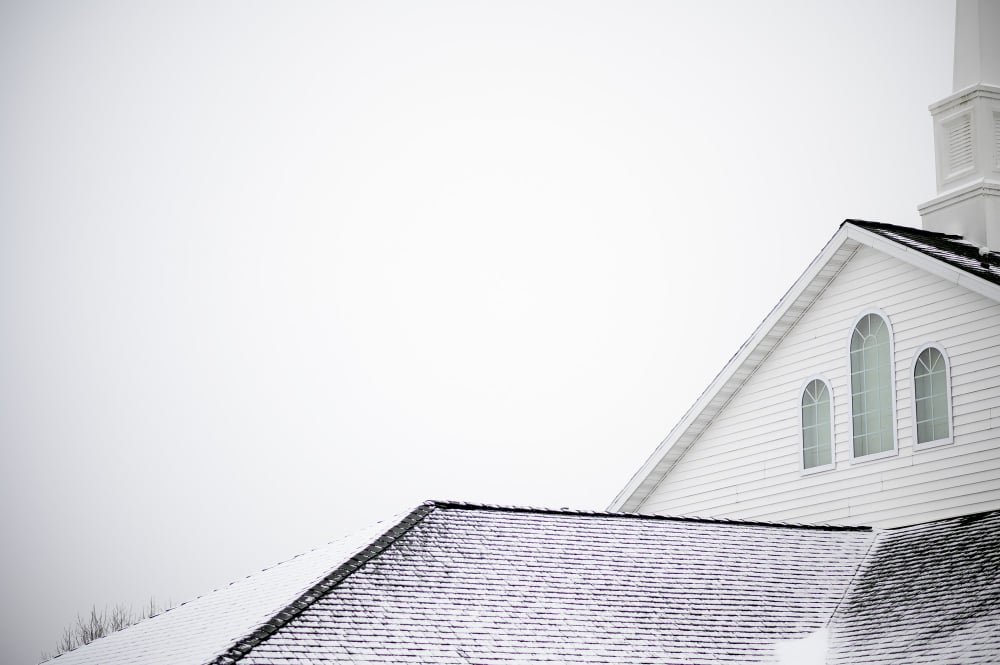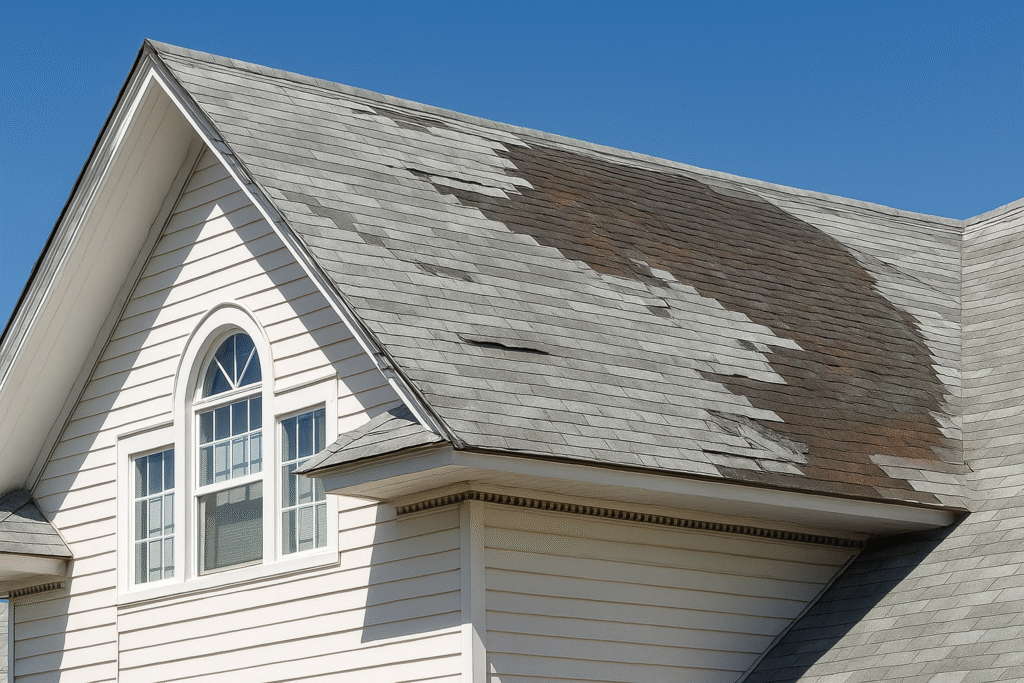How Coastal Fog Affects Your Roofing Materials
Posted 10.06.2025 | 5 Minute Read


If you live near the coast in South Florida, you know the cool, damp mornings when fog rolls in from the ocean. While it may look peaceful, that fog carries something your roof doesn’t appreciate—salt. Over time, this salty moisture can quietly cause significant damage, often without you realizing it.
This guide will walk you through how coastal fog affects different roofing materials and what you can do to protect your home from this silent troublemaker.
Why Is Coastal Fog a Problem for Roofs?
Coastal fog is more than just water vapor. Each droplet contains tiny salt particles from the ocean that settle on your roof. Unlike a quick rainstorm that rinses surfaces clean, fog lingers for hours, typically through the cool evening and early morning. During this time, the salt dissolves into the moisture, creating a corrosive mixture that attacks your roofing materials.
Did You Know? Coastal fog isn’t just water—it’s a salty mist that slowly eats away at metal, shingles, and even tile surfaces over time.
This cycle happens night after night. The constant dampness and salt cause metal to rust, wear away the protective granules on shingles, and even eat away at the surface of concrete tiles. Because the damage is so gradual, many homeowners don’t notice it until they see rust stains, missing shingles, or water spots on their ceiling.
How Does Fog Affect Different Roofing Materials?
South Florida’s combination of sun, wind, rain, and humidity already puts stress on roofs. Adding salty fog to the mix accelerates aging, but some materials handle it better than others. Understanding these differences is key to making a durable choice for your coastal home.
| Roofing Material | Coastal Performance & Considerations |
| Metal Roofing | Excellent wind resistance, but material choice is critical. Standard galvanized steel will rust quickly. You must usecorrosion-resistant optionslike aluminum, copper, zinc, or specially coated steel (e.g., Kynar 500) to ensure longevity. |
| Asphalt Shingles | A budget-friendly option with a shorter lifespan on the coast. Expect a lifespan of 15-20 years instead of 25-30. Choose architectural shingles with high wind ratings and algae-resistant granules to combat moisture-related issues. |
| Concrete & Clay Tiles | One of the most durable choices for coastal environments.Concrete and clay tilesare heavy, resisting wind well, and do not rust or rot. Salt can cause slow surface erosion over time, so periodic rinsing is recommended. Glazed tiles offer superior protection. |
| Synthetic & Composite | Excellent all-around resistance to coastal conditions. Made from polymer and rubber compounds, these materials don’t absorb moisture and are immune to rust and rot. A quality synthetic roof can last 50+ years with minimal maintenance. |
Heads Up: An asphalt shingle roof that lasts 25 years inland may only last 15-20 years on the coast due to constant exposure to salt and moisture.
What Parts of My Roof Are Most at Risk?
Fog damage doesn’t happen uniformly; it targets the weakest points first. The thin metal flashings around chimneys, vents, and in roof valleys are highly susceptible to rust. The same goes for the fasteners—the nails and screws holding your roof down. Once fasteners rust, they lose their grip, leaving your roof vulnerable to wind uplift. Moisture can also find its way under shingles and tiles, compromising the underlayment and sealants that provide a secondary barrier against water intrusion.
How Can I Spot Fog Damage Early?

Catching problems early is the key to avoiding expensive repairs. Walk around your property once a month and use binoculars to look for warning signs from the ground. The first and most obvious sign is rust stains—small orange or brown spots on flashing, vent pipes, or visible nail heads. Another sign is discoloration, such as dark streaks that point to algae growth or a white, crusty film that indicates salt buildup. You should also inspect your asphalt shingles for curling edges or dark patches where the protective granules have worn away. Finally, a musty smell in your attic or new water stains on your ceiling are red flags that moisture has already found a path inside.
How Can I Protect My Roof from Coastal Fog?
Proactive maintenance makes a huge difference in preventing fog-related damage. It starts with scheduling professional inspections twice a year—once in the spring to prepare for storm season and once in the fall. It’s also crucial to clean your roof annually with a gentle rinse from a garden hose to wash away corrosive salt deposits.
Pro Tip: Never use a high-pressure washer on asphalt shingles. It can strip away their protective granules, causing more harm than good and shortening your roof’s lifespan.
Additionally, ensuring your attic has good ventilation is one of the best defenses against moisture buildup, as it helps your entire roof system dry out completely. Finally, when it’s time for repairs or replacement, insist on a coastal-specific roofing system that uses stainless steel fasteners and marine-grade sealants. These preventative measures not only protect against slow-moving fog damage but also strengthen your home’s defense against severe weather, which is essential for hurricane-proofing your roof.
Get Expert Help for Your Coastal Roof

Navigating the challenges of a coastal climate doesn’t have to be complicated. At Coastal Roofing of South Florida, we specialize in protecting homes just like yours from the unique demands of our weather. We use only materials and installation methods proven to withstand salt, sun, and storms.
Whether you need a routine inspection, a simple repair, or a full roof replacement, our team provides honest evaluations and durable solutions.
Contact Coastal Roofing of South Florida today for a free, no-pressure roof assessment. We’ll help you ensure your home is safe, secure, and ready for whatever our coastal weather brings.
Recent Articles
